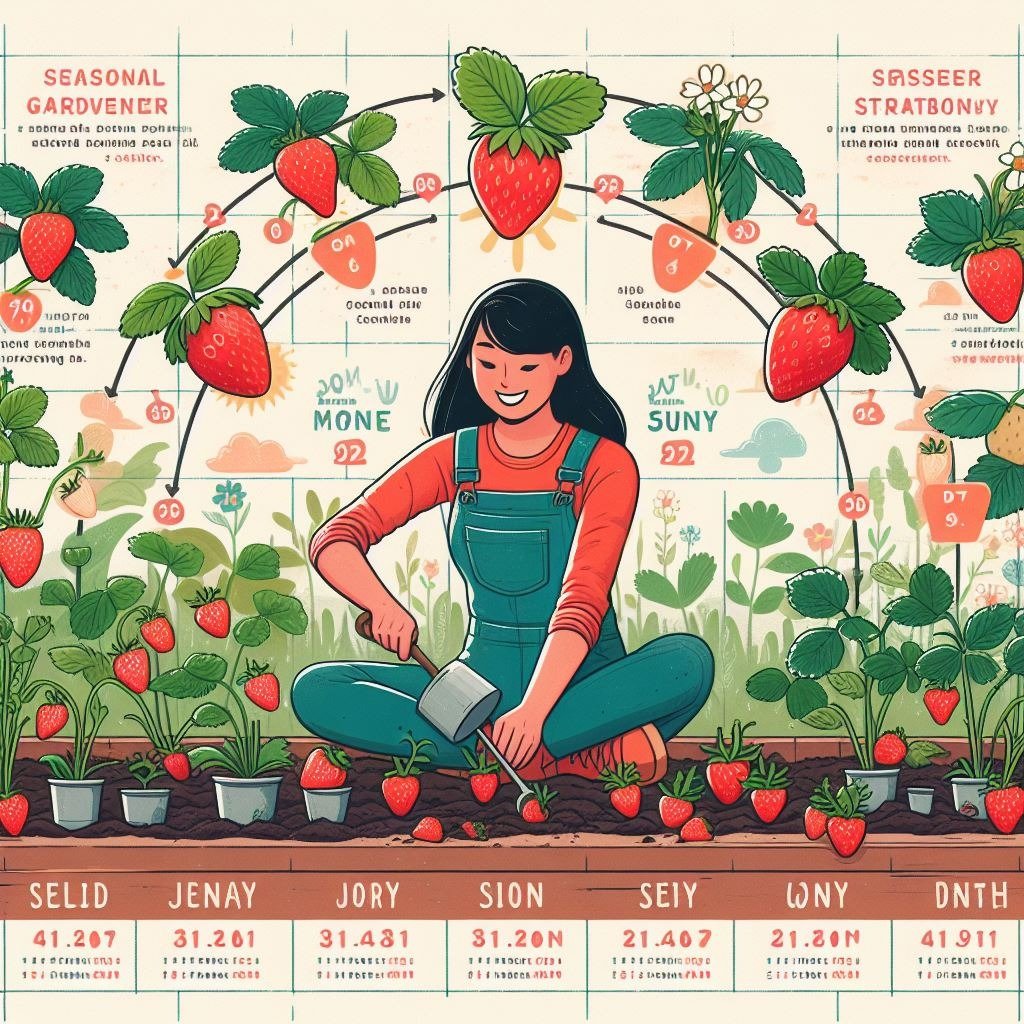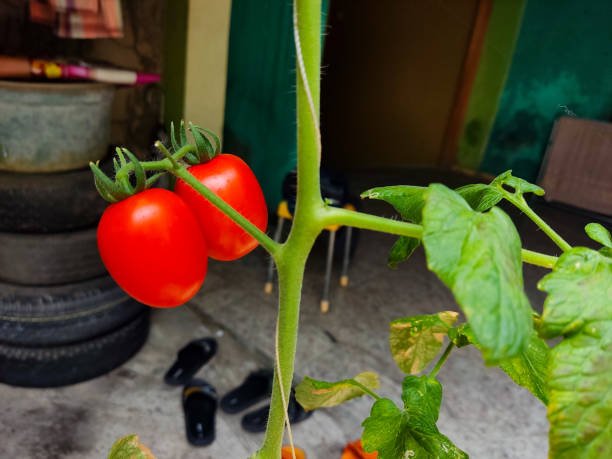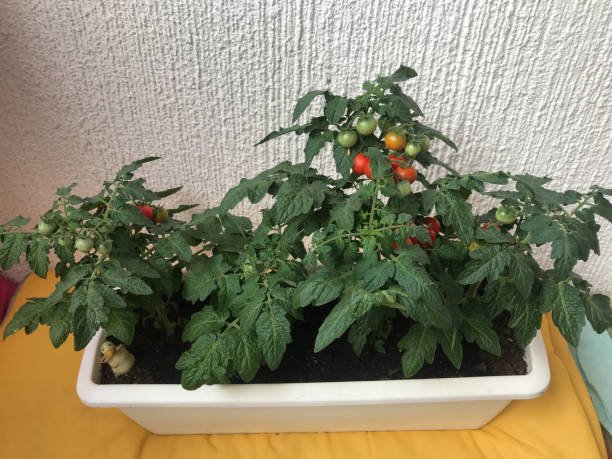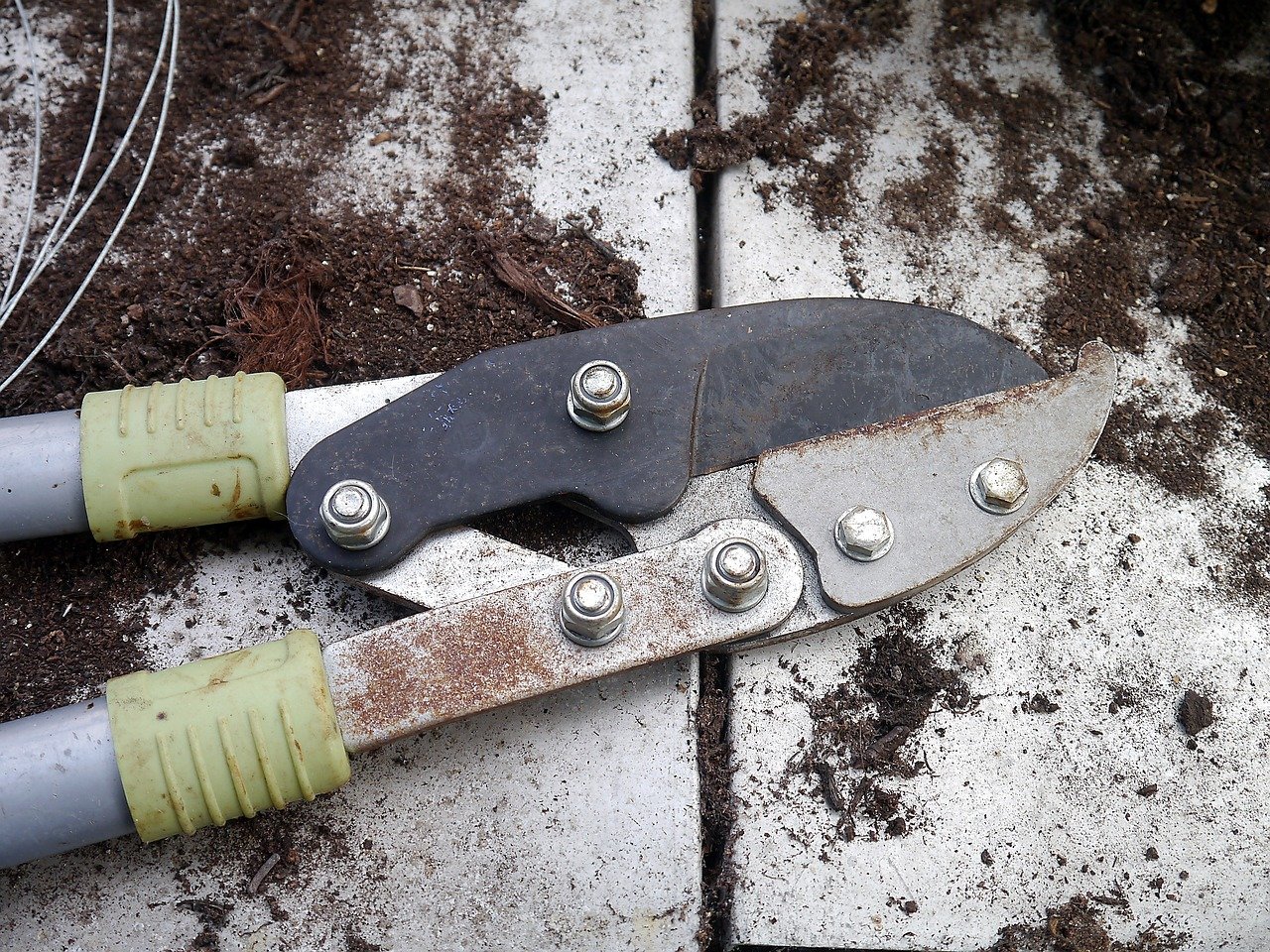
Timing is everything. When to plant strawberries for a great harvesting season is what you should worry about
When to plant strawberries In this book called “The Plot Hero’s Guide,” you are going to learn about the strategic

Can You Grow a Tomato Plant Indoors? Yes, at this point, we should stop talking, and you might start smiling. Though tomatoes are usually meant for outdoor planting, tomato plantation is possible in your own home as well. Moreover, homegrown tomatoes are not only tasty but also juicy and diverse. Whether you have a tiny apartment with no outdoor space or just wish to prolong the tomato-growing time, cultivating tomato plants indoors is proven to be a challenging but joyful activity.

In this playbook, we will cover Can You Grow a Tomato Plant Indoors?, ranging from selecting the correct varieties to understanding the right amount of care to provide to maximize yield. Now we are going to apply for what needs to be done so that you can find out about the practice of harvesting a tomato plant inside.
Distinctions do exist, even if not all tomatoes are of the same kind when it comes to indoor growing. A compact or determinate is the best choice when we refer to growing tomato plants indoors because these varieties are specifically developed to be cultivated in limited space. Some of the most sought-after types are cherry tomatoes, patio tomatoes, and micro-dwarf tomatoes. They are all adapted to growing in containers of any size, freeing up space for even large gardens.
These carrot, cherry, and tomato varieties are most suitable for indoor plants as the compactness concept fits them perfectly and they do not shove out and become untidy. By picking the best cultivars, you will make sure that your indoor space has the right amount of growing space to produce an abundance of fresh tomatoes.
This establishment of a suitable growing environment will create an inviting environment for the customers.
There are two main priorities that you should focus on: the recreation of favorable conditions that should be provided for indoor tomato plant growth. This mainly entails providing ways for your indoor tomato plants to receive enough sunlight, to get a suitable temperature and humidity, and to have a soilless draining system.
Where can you keep your tomato plant indoors? Use a well-draining, nutrient-rich soil formulated specifically for container gardening. Use 3-dimensional containers (e.g., 5-gallon or larger bowls) or grow bags instead of simple pots to accommodate your plants.
Through the utilization of the best growing conditions, your tomato crop indoors will be nurtured, and you’ll be able to enjoy the benefits of a fruitful harvest accordingly.
Tomatoes are real pickers and must be on a nearly constant watering regimen since their soil does dry out so often. Water your plants every time the top inch of soil becomes dry, without oversaturating the bottom part of the pot. This might eventually cause the roots to rot later on.
To bloom and bear fruits, water-soluble fertilizers with a balanced feed schedule are needed. This need arises every 2–3 weeks, depending on the growing season. This will help minimize any risks of your plants being deficient in the necessary nutrients for them to flourish.
Indoor tomato plants can be intimidating and create an undesired appearance. So, regular pruning is sometimes necessary, especially to maintain the desired outcome. To keep the single, stronger main stem, rescue suckers (side shoots) and remove them. Accordingly, as you have already done, offer staking or caging to provide support to keep the tree upright as well as prevent its branches from breaking down under the weight of the fruit.
A breezy day and a shift in insects are enough to ensure pollination in an open place. While you can only grow a tomato plant in the house, you will inevitably have to hand-pollinate the flowers; otherwise, the tomato will never fruit. Apply a small brush for painting or an electric toothbrush to delicately collect pollen from the male and female flower parts.
Although learning to cultivate a tomato plant in your apartment may be very rewarding, these activities are accompanied by their own difficulties and trials.
Growing rooms as greenhouses may happen to be the scene of pests like aphids, spider mites, and whiteflies. Consider checking your plants now and then and taking the first steps, such as using insecticidal soap or adding beneficial insects to the plant environment, to make sure the pests won’t be able to proliferate. Further, observe any symptoms of fungal diseases like powdery mildew and apply treatments if needed.
In some instances, tomato plants very often do not fruit indoors as they require pollination or other environmental factors. Make sure you hand-pollinate the plants and keep the appropriate temperatures and humidity levels to stimulate fruit formation in the plant.

Tomato plants that are grown inside can look stumpy, or they may not appear as healthy as tomato plants that grow outside. For those reasons, you have to check for possible factors such as sunlight deficiency, nutrient deficiency, or root-bound conditions. Adjust the growing conditions depending on the requirements to ensure optimum growth and health.
You are, thus, destined to have the challenges that limit you from having a successful indoor tomato plant. Therefore, overcoming them will give you hope of achieving your goal.
Get your tomato seedlings prepared for indoor growing at least two weeks before your expected last frost date to lengthen the season. They will get a boost, and your vegetables will be ready much earlier. Tenderizing can also be done by gradually getting the indoor tomato plants used to the conditions outside before transplanting them into the garden soil.
The question is: Can You Grow a Tomato Plant Indoors? Absolutely! It could be too cold outside, or you might not have an outdoor space. It may be the case that a neighborhood is zoned strictly for residential purposes. Whatever the reason, you should be proud of the fact that you can successfully cultivate a thriving indoor tomato garden without worrying about these things. By choosing the best varieties of tomatoes, putting the right growing elements in place, and providing your plants with the needed care, you will grow varieties of fresh and home-grown tomatoes all year round.
Thus, let us search the electric shopping grid and local stores since it will be worth a try to cultivate a plant indoors. Surrender yourself to the exotic feeling of digging up your plot of home city soil that would result in harvesting your mouth-watering and nutrition-rich, flavorful tomatoes right on your premises. Happy gardening! So that was all about: Can You Grow a Tomato Plant Indoors?.
When it comes to the best tomato varieties to grow inside, ones that are compact, determinate (bushy shape), or dwarf (incorporating smaller growing plants but also giving higher yields) are great choices, such as cherry tomatoes, patio tomatoes, and micro-dwarf tomatoes. These cultivars are perfect for property owners who desire the benefits of a few flowers or herbs but have little room for large-scale gardening.
When you place tomato seeds indoors, they will need at least six to eight hours of direct sunlight a day. Locating them close to a south-oriented window or using a secondary light source can help provide the sunlight needed for the plant to function healthily.

When to plant strawberries In this book called “The Plot Hero’s Guide,” you are going to learn about the strategic

Best Pruner Anyone who enjoys maintaining a lovely garden knows you should choose the best pruners. Pruners are some of